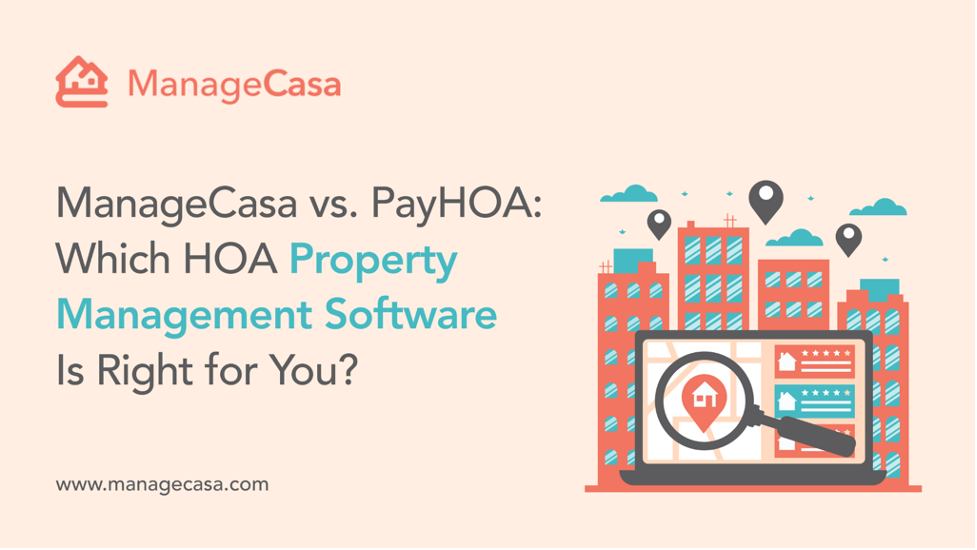Home, Landlord and Tenant’s Insurance Costs Rising
A report by SPG Global shows US residential insurance costs are rising quickly and contributing to rent price increases.
States such as Texas, Florida, Arizona, Colorado, North Carolina, Oregon have seen significant insurance rate growth. An insurance.com report has it that Farmer’s Insurance Company raised premiums 19.3% by year-end, while Liberty Mutual charged 17.4% more followed by USAA which jumped up its premiums by 14.7%.
States with the highest effective rate changes in 2023 were Texas (23.3%), Arizona (21.8%) and Utah (20.3%), Illinois (18.5%) and Minnesota (15.3%). California’s largest homeowner insurers recorded a calculated weighted average rate increase of 10.0% in 2023.
One other report on insurance in Florida found policy premiums doubling. “It was a bit of a shock when we did receive it,” said one Florida homeowner, Van Den Abbeel. “Obviously something is broken in the insurance market.” One homeowner claimed yearly premiums of $7000 which he wouldn’t pay, and instead he chose to not carry wind and flood coverage. It’s a risky solution. See more on the Florida housing market and FL rental market and best cities to invest in Florida.
It’s an alarming increase for just one year so there must be something serious brewing. And with a growth in home insurance costs, we’d likely see corresponding increases in landlord insurance and tenant insurance as well.
Interestingly, Insurance.com noted that Vermont, Delaware and Mississippi saw low rate increases last year.
What’s driving the fast insurance rate growth?
It seems inflation cost of repairs, insurance company disaster risk reinsurance, and natural disasters are accounting for most of it. The bottom line for tenants is higher rent prices and lower profit margins for rental property owners.
The biggest concern is with homeowners/landlords is in Florida, Texas and California where a range of weather-related damage has pushed rates up and caused insurance companies to withdraw coverage. These companies took big losses and are looking to cover those costs and minimize risk going forward.
A number of hyped climate change news stories tout more frequent and increasingly damaging storms are raising destruction in dollar terms. This might be due to the fact there are more homes in weather danger zones, and floods and fires actually are more destructive. Of course, damage costs in one zone are likely to spill over into other states. These more frequent smaller weather events are significant cost factors.
With materials and labor so costly, it’s difficult for insurance companies to keep insurance policy premiums down. Insurers are adjusting by filtering out applications for insurance based on property features such as the age of a home’s roofing. They’re also eliminating wind and hail damage coverage. They may deny coverage for expensive property items such as jewelry, art and collections, unless covered by additional policy riders.
Landlord and Tenant Insurance Affected
Given the rises in premiums, more tenants and landlords will be shopping longer this year to find affordable coverage.
What is the difference between landlords insurance and homeowners insurance?
According to Insurance.com, a landlord insurance policy is designed specifically for the needs of a rental home inhabited by a tenant and includes specialized coverages, while a homeowner’s policy is designed for the needs of an owner-occupied home.
A homeowner’s policy will likely not cover losses if the home isn’t occupied by the owner. In some cases, damage payouts can take months to resolve.
Landlord’s policies can have additional policy riders for rent income losses, flood damage, or when local bylaws force the owner to bring the home up to new building codes. And when landlords apply for building permits or sell their rental property, local governments may force them to rehabilitate the house to meet new building codes. These sudden demands can be a financial disaster if a landlord doesn’t have coverage.
The risk issue is more urgent perhaps for landlords since they have mortgage debt due, can lose their tenants, and face rising refinancing costs while missing rental income when the property is unusable. After a fire or flood, the business proposition for the property may change and not be viable. For landlords, a property is a business asset, while for homeowners or tenants, it is home and protection from homelessness.
Insurance.com reports that the average homeowner’s insurance policy within the USA during 2002 was about $2800 while landlord’s insurance is 25% higher ($3500) per year. As we know, premiums rose substantially in 2023, and landlords’ insurance might be well above $4,000 in some states. See more on rates.
Specialized Insurance Coverage Creates Safety
Landlords have different risks, and that means they need different insurance. To mitigate their own risk and lower their premiums, landlords are more frequently insisting that tenants carry their own liability insurance to cover renter-caused damage.
Currently, tenants’ insurance is very affordable with some sources showing premiums of $14 to $25 per month depending on policy coverage.
Both landlords and tenants can reduce their premiums by reducing coverage, choosing a higher deductible, and bundling with auto and other policies. In a nutshell, you can save by shopping for insurance quotes and switching to another provider.
Learn more about tenants insurance through ManageCasa.


